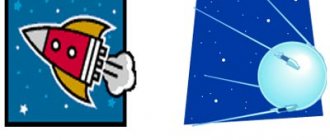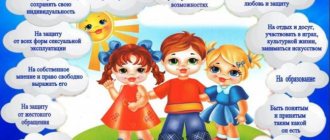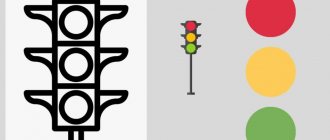"Find identical objects"
For an activity that develops concentration, you need cards depicting several objects, including two or more identical ones. The child’s task is to find identical ones.
Didactic game “Say it in one word”
You can play with one child or a group of children. The educational activity is suitable for preschoolers 5 years old and older; it can also be used in the first grade of school.
The goal of the didactic game “Name it in one word” is to consolidate the skill of classifying objects.
Tasks:
- developing the skill of classifying objects in the surrounding world;
- expansion of an individual dictionary on several topics at once;
- learning the ability to think, explain, unite;
- broadening one's horizons, developing curiosity and interest in the game form of learning;
- improvement of visual and auditory perception, memory, speech skills;
- developing the ability to concentrate, think logically, and think;
- fostering perseverance, correct behavior, and the ability to work productively in a team.
"Find dangerous objects"
The game forms and reinforces ideas about everyday objects that pose a danger to health and life. Kindergarten students learn to identify dangerous things and use them correctly.
The game expands vocabulary, develops speech skills and logical thinking, and teaches the basics of proper behavior at home.
For the lesson, you need to cut out a large flower from paper, on each of the petals of which there is a picture of a dangerous domestic incident (cut, poisoned, burned by flame, etc.). You also need to prepare paper circles depicting things that correspond to dangerous cases (knife, chemical, gas stove on, etc.).
The teacher lays out the mugs, asks the students to place them correctly on the petals, explain the choice, and tell why the chosen item is dangerous.
Inside out
When playing object description games, you can have fun by using a different point of view. In this case, the child will need to create a qualitative description of the thing, according to which the adult (or other participant) must guess the specific object.
This option is like a riddle that you don’t need to learn by heart, but you can come up with yourself. A team game looks like this: a leader is selected, who describes the object in front of his group; they can guess either all together, or in turn. It is best to write the words on cards in advance and distribute them to the participants directly during the game.






